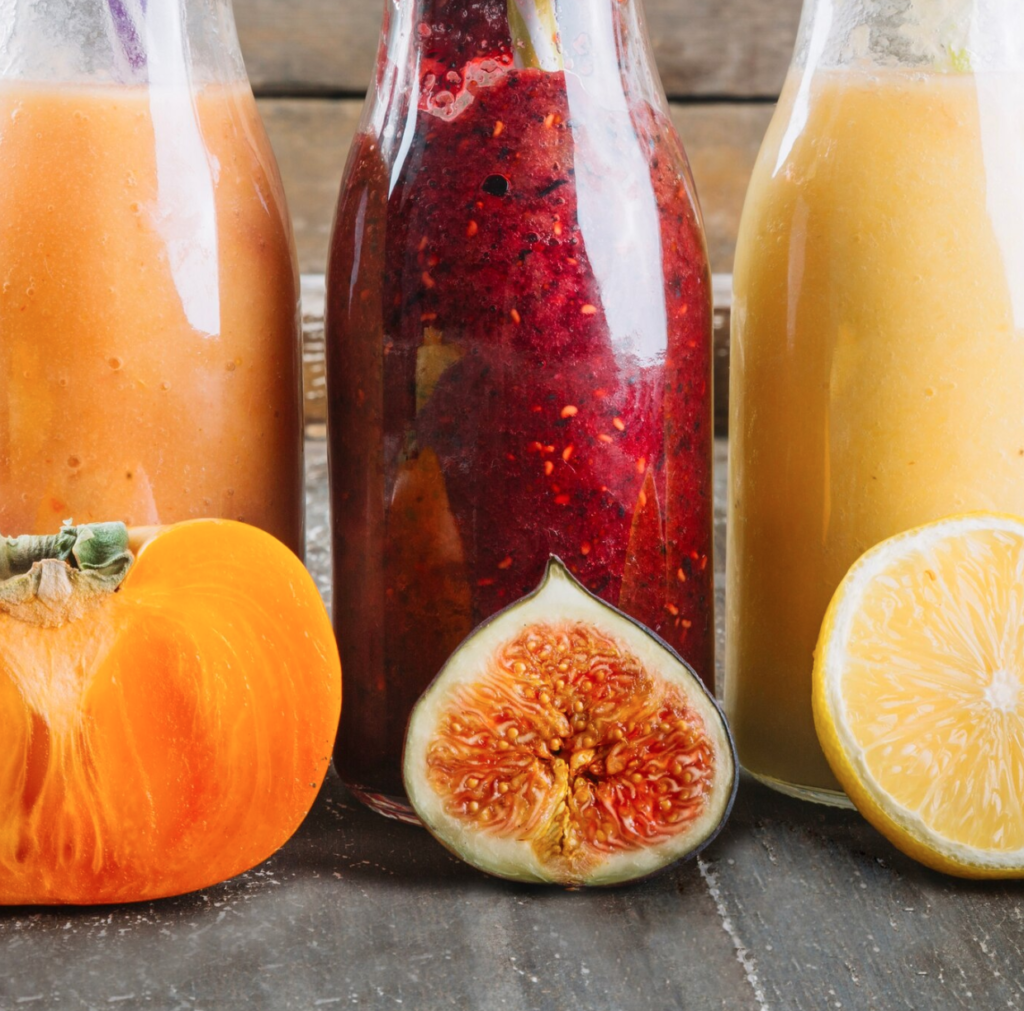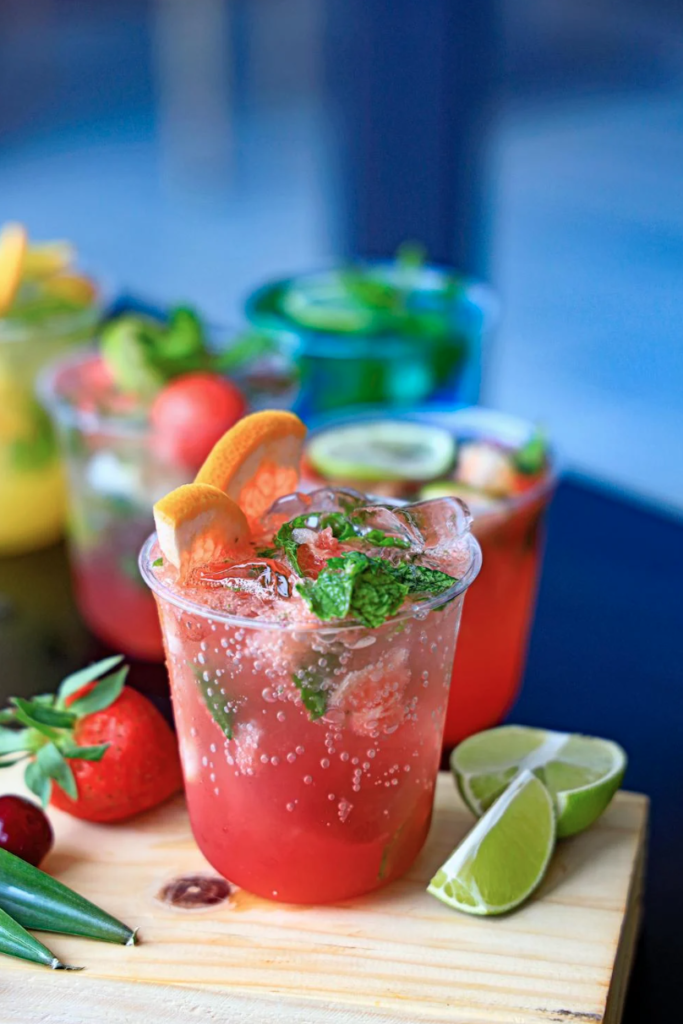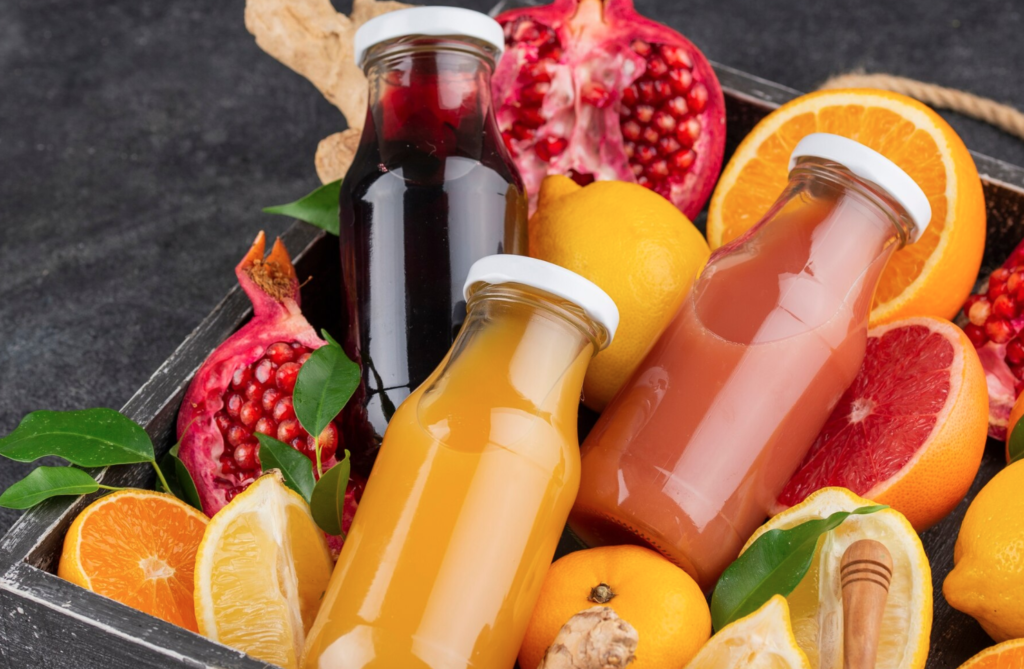TABLE OF CONTENTS:
- Introduction
- The Downsides of Cold-Pressed Juice
- Healthier Alternatives to Cold-Pressed Juices
- Recent Recipes
- FAQs About Cold-Pressed Juice
- Conclusion
What is the Downside of Cold-Pressed Juice?

Introduction
Cold-pressed juices have grown in popularity in recent years due to their perceived health benefits. Many people believe that cold-pressed juice is a quick and easy way to consume vitamins and nutrients from fruits and vegetables, without the need for added sugars or preservatives. However, while there are certainly benefits to drinking cold-pressed juice, there are also several downsides that are important to understand.
In this article, we will explore the potential drawbacks of cold-pressed juices, including issues related to fiber content, glycemic index, caloric intake, and more. If you’re considering adding cold-pressed juice to your diet, it’s essential to understand these factors to make an informed decision.
The Downsides of Cold-Pressed Juice
1. Low in Fiber
One of the biggest drawbacks of cold-pressed juice is its lack of fiber. When fruits and vegetables are pressed to extract juice, most of the fiber is removed along with the pulp. This is a significant disadvantage because fiber plays a crucial role in maintaining healthy digestion and promoting feelings of fullness.
Without fiber, juices can be less satisfying and can pass through the digestive system more quickly. This lack of fiber can also contribute to digestive issues such as constipation. While cold-pressed juice may deliver vitamins and minerals, it doesn’t provide the same digestive benefits as consuming whole fruits and vegetables.

2. High Glycemic Index
Another downside of cold-pressed juice is its high glycemic index (GI). Because cold-pressed juice lacks fiber, it is digested much more quickly than whole fruits, causing a rapid spike in blood sugar levels. Foods and drinks with a high GI can cause a sudden burst of energy followed by a quick drop, often referred to as a “sugar crash.”
For individuals with diabetes or those concerned about insulin sensitivity, drinking cold-pressed juice regularly could lead to fluctuations in blood sugar levels. Even for healthy individuals, these rapid changes can affect energy levels and mood.
3. High in Calories Without Satiety
While cold-pressed juice is packed with nutrients, it is also high in calories—especially when it contains a lot of fruit. However, because the fiber is removed, it doesn’t provide the same feeling of fullness as eating whole fruits or vegetables. This means you may consume more calories than you realize without feeling satisfied.
For people looking to manage their weight, this can be problematic. Drinking cold-pressed juice in addition to meals can contribute to an excess of calories, leading to weight gain if not consumed in moderation.
4. Short Shelf Life
Cold-pressed juice has a relatively short shelf life compared to store-bought juices. This is because it doesn’t contain preservatives that extend its freshness. Fresh cold-pressed juices typically need to be consumed within 48 to 72 hours to retain their nutritional value.
Over time, oxidation reduces the amount of vitamins and minerals in the juice, meaning that after a few days, the juice may no longer offer the same health benefits as when it was freshly made. If you’re purchasing cold-pressed juice from a store, make sure to check the production date and consume it promptly.
Healthier Alternatives to Cold-Pressed Juices

If you’re concerned about the downsides of cold-pressed juice, there are several healthier alternatives that can provide the nutrients you need without the drawbacks.
1. Whole Fruits and Vegetables
Instead of drinking cold-pressed juice, try consuming whole fruits and vegetables. This way, you get all the vitamins, minerals, and fiber that are lost during the juicing process. Fiber is essential for digestion and helps regulate blood sugar levels.
2. Blended Smoothies
Another great option is making blended smoothies. Unlike cold-pressed juice, smoothies retain the fiber from fruits and vegetables. You can also add protein powder, chia seeds, or flaxseeds to smoothies for an extra boost of nutrition.
3. Superfood Powders
You can also supplement your diet with superfood powders that are designed to deliver concentrated nutrients without the sugar spike associated with cold-pressed juices. Products like Cacao Maca Clarity Powder can help provide a healthy energy boost.
Recent Recipes
FAQs About Cold-Pressed Juice
1. Why is cold-pressed juice bad for blood sugar levels?
Because cold-pressed juice lacks fiber, it is digested more quickly, causing a rapid increase in blood sugar levels. This can lead to energy crashes and is a particular concern for individuals with diabetes.
2. Can you freeze cold-pressed juice to preserve nutrients?
Yes, cold-pressed juice can be frozen to extend its shelf life. However, freezing can slightly degrade the nutritional quality of the juice over time. It’s best to consume cold-pressed juice fresh when possible.
3. How often should you drink cold-pressed juice?
Cold-pressed juice can be enjoyed in moderation, but it should not be relied on as a primary source of nutrition. Pairing cold-pressed juice with whole fruits and vegetables will help balance your diet and provide more fiber.
Conclusion
While cold-pressed juices offer a convenient way to consume vitamins and minerals, there are several downsides to be aware of. The lack of fiber, the high glycemic index, and the high-calorie content without satiety can make cold-pressed juices less than ideal for certain health goals. Additionally, the short shelf life of these juices can limit their practicality.

